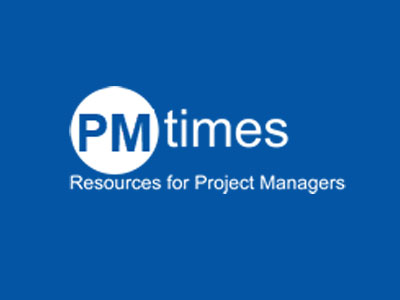As the headlines on the Wall Street Journal and business magazines are increasingly concerned about the economy in today’s new normal, businesses are re-thinking their business plans and searching for opportunities to increase profitability and cash flow. In my experience, the ones who will be thriving not only in a typical business environment but also in today’s new normal are the ones that put together plans, translate those plans into business, department, individual and project goals, and then execute effectively. Goal-setting is a vital component of this process.
So, how should we set goals? There are several keys to effective goal setting: 1) Tie the goals to the business strategy and plan. 2) The goal must be a stretch yet achievable. 3) The goal must be measurable.
- Tie the goals to the business strategy and plan – This sounds obvious; however, in my experience, the two do not necessarily seem to relate, or it is unclear how they relate. Each team, department, individual and project team needs to understand how their goals fit in with the big picture – and their value to the business and their team.There are very few employees who do not care to contribute to the success of the organization. Most would love to understand how their piece of the pie contributes to bottom line results, and it can provide an incredible source of motivation – vastly better than the approach of “do it or be fired” type messages.For example, when I worked with a company who had to dramatically reduce costs in order to compensate for the increases in oil and gas prices in order to meet their investment bankers’ objectives (and therefore provide value to their customers who were the real motivation of the employees, since many of their customers were people similar to their grandparents or the ‘little old lady next door’), the key to the successful approach was having understandable goals. The employees were not onboard with seemingly investor-specific goals until the leaders tied the goals to the business strategy and customer needs, explained the whys behind the goals, and aligned the goals with the efforts of the project teams. Then, suddenly, it was in the best interest of the project team to achieve the goals.
- The goal must be a stretch yet achievable – In my experience, I’ve seen many examples of obviously unachievable goals communicated. Unfortunately, as soon as the project team, department or employee receives an unachievable goal, motivation is lost. Often, even worse, it is replaced by fear, which can be quite distracting to making progress towards the goal. For example, when a project team is concerned about negative consequences, they often redirect focus from achieving the goal to how to avoid possible negative consequences.Although preferred to a completely unrealistic goal, a relatively easy goal also falls dramatically short of providing an effective tool in driving business results. This can also become common in organizations that have a fear-based culture because the fear of not achieving the goal is overwhelming that it is tempting to sandbag goals. Unfortunately, an easy goal does not provoke brainstorming or teamwork.On the other hand, when an achievable yet challenging goal is communicated, it can become the ingredient that brings the team together with a common purpose. And, many times, it results in increased teamwork and motivation.
- The goal must be measurable – At the risk of stating the obvious, if the goal is not measurable, how do you know you achieved it? Many times, people struggle and struggle to try to make every goal measurable with numbers. Don’t sweat it – measurable doesn’t have to correlate to numbers. Although numbers are certainly one easy way to measure progress (such as reducing costs by $2 million dollars), not all goals lend themselves to pure numbers. For example, maintaining quality standards while reducing costs is a critical goal. In some respects, it can be measured with numbers (parts per million); however, customer feedback is just fine as well. Take a step back and think about how to measure goals in a way that makes sense for your business.
Setting goals doesn’t cost money; just time, and yet it can result in a significant return on investment for your business, project team or employee. Why not put some thought into how to set project goals?
Published in “Project Times” website, November 2, 2011
Click here for original article.



